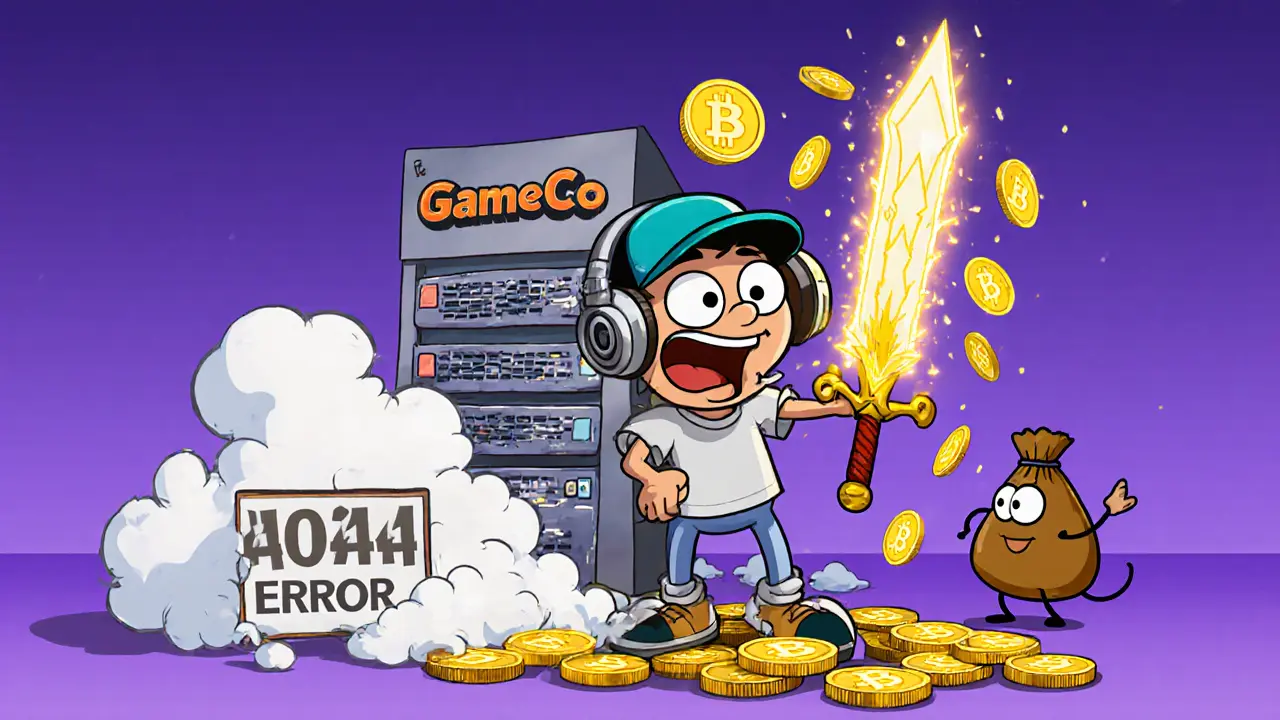Blockchain Gaming: Play-to-Earn, Tokens, and the Future of Crypto Games
When you think of blockchain gaming, a type of video game that uses blockchain technology to give players real ownership of in-game items and rewards. Also known as GameFi, it turns hours spent killing monsters or building worlds into opportunities to earn actual crypto tokens. This isn’t just about flashy graphics or hype—it’s about ownership. In traditional games, your skins, weapons, or characters belong to the company. In blockchain games, they’re yours. You can sell them, trade them, or use them across different games. That shift changes everything.
At the core of this movement are play-to-earn, a model where players earn cryptocurrency or NFTs by playing. Also known as earn-to-play, it flips the script: instead of paying to play, you get paid to play. Games like Radio Caca’s Metamon or Satoxcoin’s mining system reward you for time spent, skills used, or even just logging in. These rewards aren’t just virtual—they’re tokens you can cash out, trade, or hold. But it’s not all easy money. Many projects fail because they don’t balance fun with rewards. If the game isn’t enjoyable, people leave fast—even if the payouts look good.
Then there’s the NFT games, games built around non-fungible tokens that represent unique in-game assets like characters, land, or gear. Also known as crypto collectibles, they let you own something digital that no one else has exactly like yours. These aren’t just trading cards—they’re digital property. You can buy a piece of virtual land in Decentraland, build on it, rent it out, or sell it later. That’s real economic activity happening inside a game. But NFTs also bring risks: low liquidity, scams, and projects that vanish after raising funds. Not every NFT game is worth your time.
What ties all this together is crypto tokens, the digital currencies that power rewards, governance, and transactions in blockchain games. Also known as in-game tokens, they’re the lifeblood of the ecosystem. Tokens like RACA, EGG, or ASTRA aren’t just for spending—they often give you voting rights, access to new features, or shares in platform fees. Some tokens even let you stake them to earn more. But again, not all tokens are created equal. Many have no real utility beyond speculation. That’s why you need to look past the hype and ask: Does this token solve a problem? Or is it just a way to pump and dump?
Blockchain gaming isn’t just the future—it’s happening now. But it’s messy. Some games are brilliant, others are outright scams. Some tokens will last, most won’t. The ones that survive will be the ones that put gameplay first and rewards second. You don’t want to play a game just to earn—you want to earn because you love playing. That’s the sweet spot. Below, you’ll find real reviews, airdrop guides, and deep dives into the coins and games that actually deliver. No fluff. Just what works.

